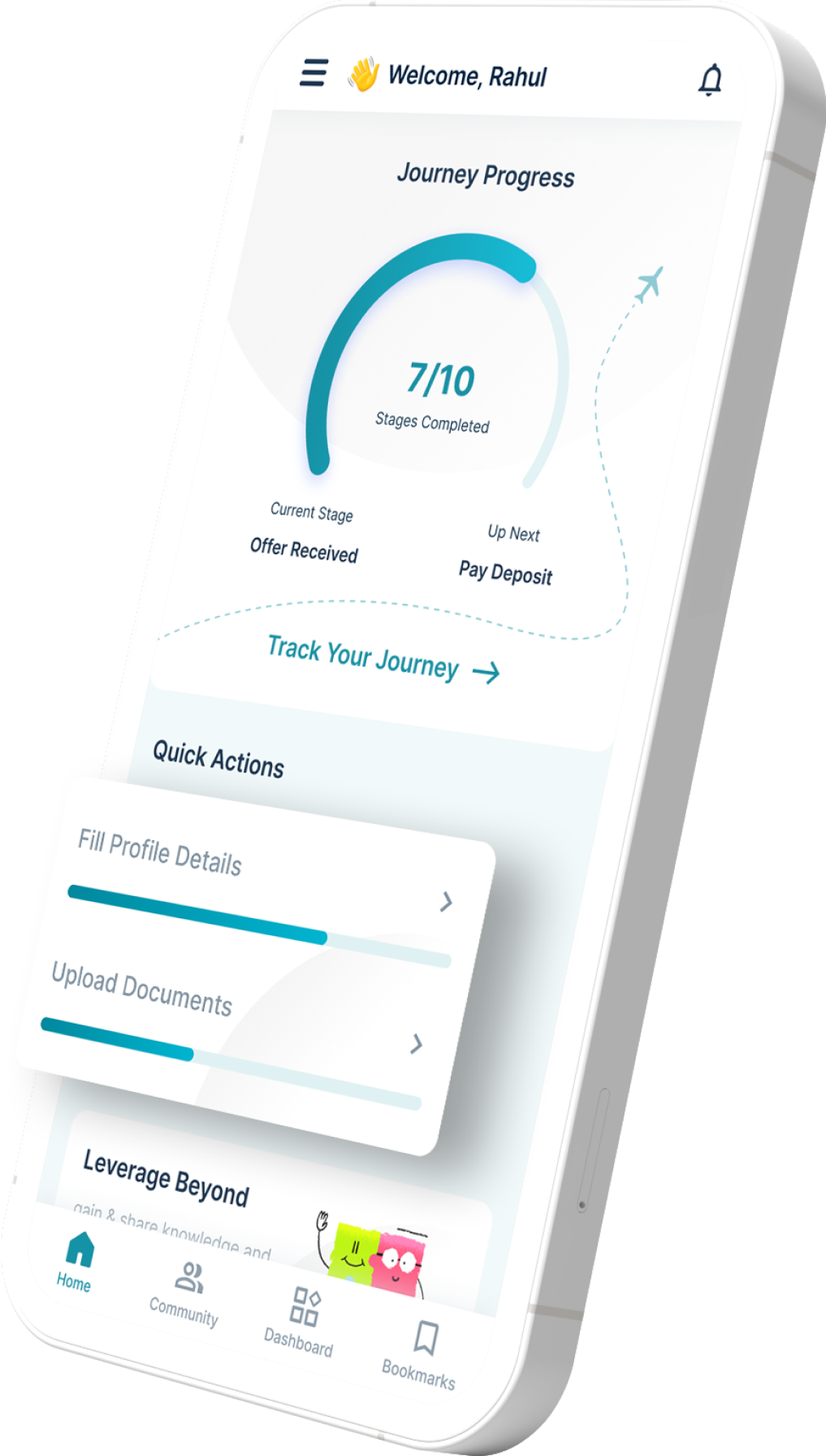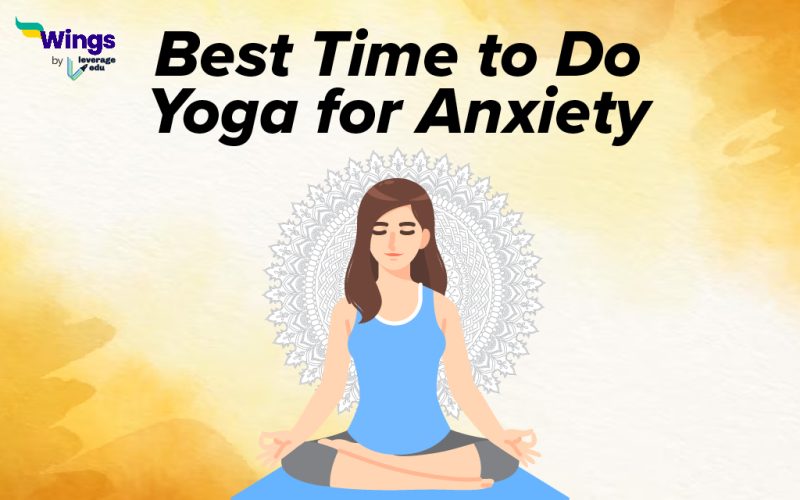Even though we are aware of the magical nature of this age-old practice, we rarely discuss the ideal time to practise yoga. Yoga’s effectiveness is also greatly influenced by how frequently you do it. Have you ever considered why yoga programmes are typically broadcast in the morning? There is a reason behind this which we will discuss further in this blog.
[powerkit_toc title=”This Blog Includes:”]
What is the Best Time to Do Yoga for Anxiety?
According to yogic science, the day is split into four segments- the Brahma Muhurta, Sunrise, Noon and Sunset are those times.
Brahma Muhurta is the ideal time to practise yoga if your goal is to improve your spiritual state. But if your only concern is related to your physical health, then either sunrise or sunset will do.
For anxiety, you can meditate at any time of day, although it is best to do it before bed, after drinking alcohol, or when you are not feeling very alert. The best time to meditate is when you’re alert but not stressed. Also, to avoid feeling sleepy while meditating, wait two hours after eating.
Also Read: Top 7 Ways To A Healthy Lifestyle While Studying Abroad
Best Practices for Better Outcomes
Here are some of the best ways to practice yoga when battling anxiety for better outcomes:
Time

Yoga should be practised in the morning. For many of us, the 3:40 AM Brahma Muhurta time is not a possibility and is impractical. This is why the general consensus is that sunrise is both desirable and useful/
Accessories for Yoga

Your practice will be easier and more pleasant with accessories. Get yourself a quality yoga mat so you can meditate and perform positions comfortably. You can better ease into the poses with the assistance of a few extra pieces of equipment including blocks, belts, cushions, and blankets. Beginners, the elderly, and anyone with physical limitations can benefit from these.
Clothing

Wear comfortable clothing with a medium fit that doesn’t restrict your mobility and promotes easy movement. Take off all jewellery, watches, and other accessories while performing yoga. While doing yoga in public surroundings, be mindful of what you are wearing to avoid any wardrobe malfunctions.
Place

Pick a spot that is neat and tranquil. It may be within your home, outside in a park, or even in a yoga studio. Make sure the environment is welcoming and that you can give your practice an undivided attention. Remember the key to meditating and yoga is to be in a peaceful and calm surrounding.
Sequence Order

Asanas come first, then breathing exercises, then meditation. The goal is to get your body ready for meditation. You become ready for meditation physically and psychologically through asanas and pranayama. With each step, your awareness grows, which makes it easier for you to meditate.
Sunrise, noon, and sunset are referred to as the Brahma Muhurtas in yogic science. The optimum time to practise yoga if you want to develop your spiritual self is during these times. However, practising at sunrise or sunset is your best choice if your only concern is your physical health. For best results, you should practise yoga every day and adhere to the above-mentioned ideas and practises.
To maximise the benefits of your practice, you can also make the appropriate changes according to your needs and lifestyle and goals once you have gained some experience. For more such blogs, stay tuned with us and don’t forget to follow us on Instagram, Facebook, Twitter, and Linkedin.
 One app for all your study abroad needs
One app for all your study abroad needs














 25,000+ students realised their study abroad dream with us. Take the first step today.
25,000+ students realised their study abroad dream with us. Take the first step today.
